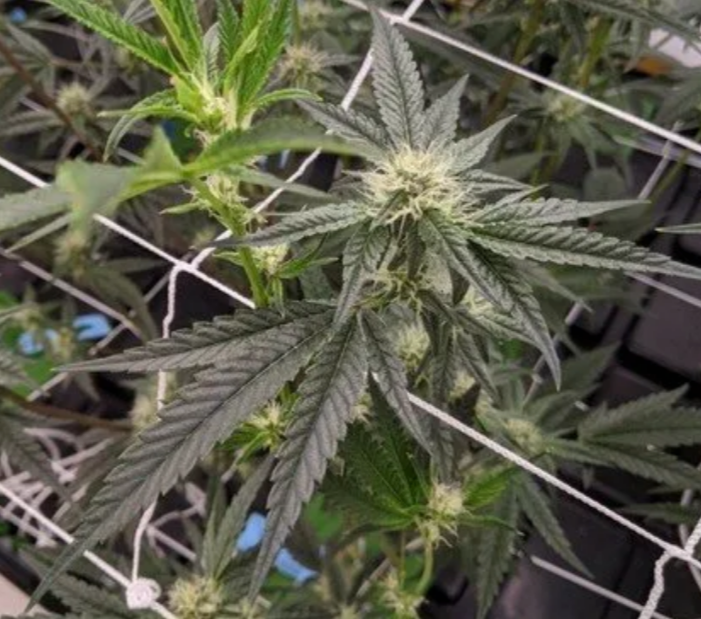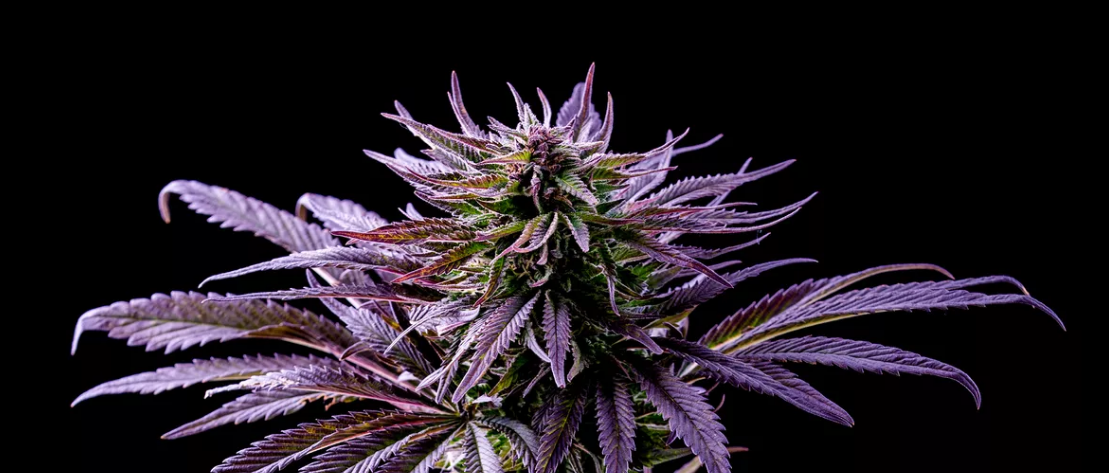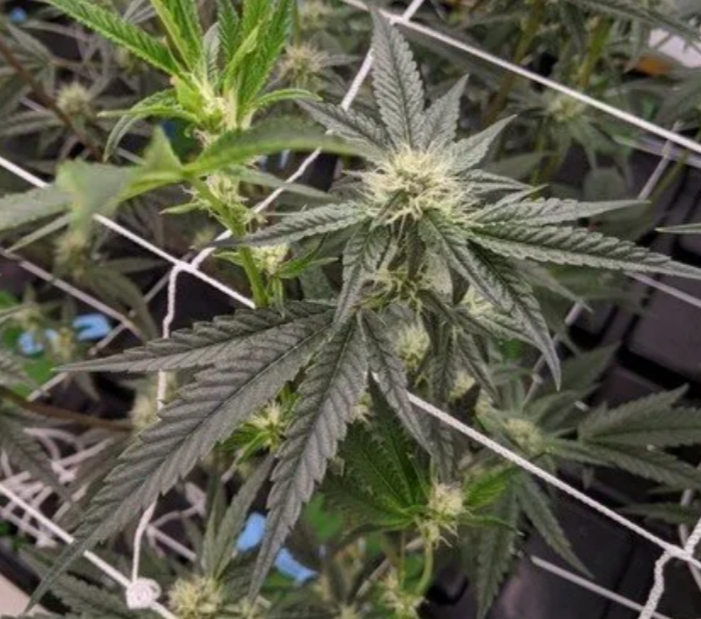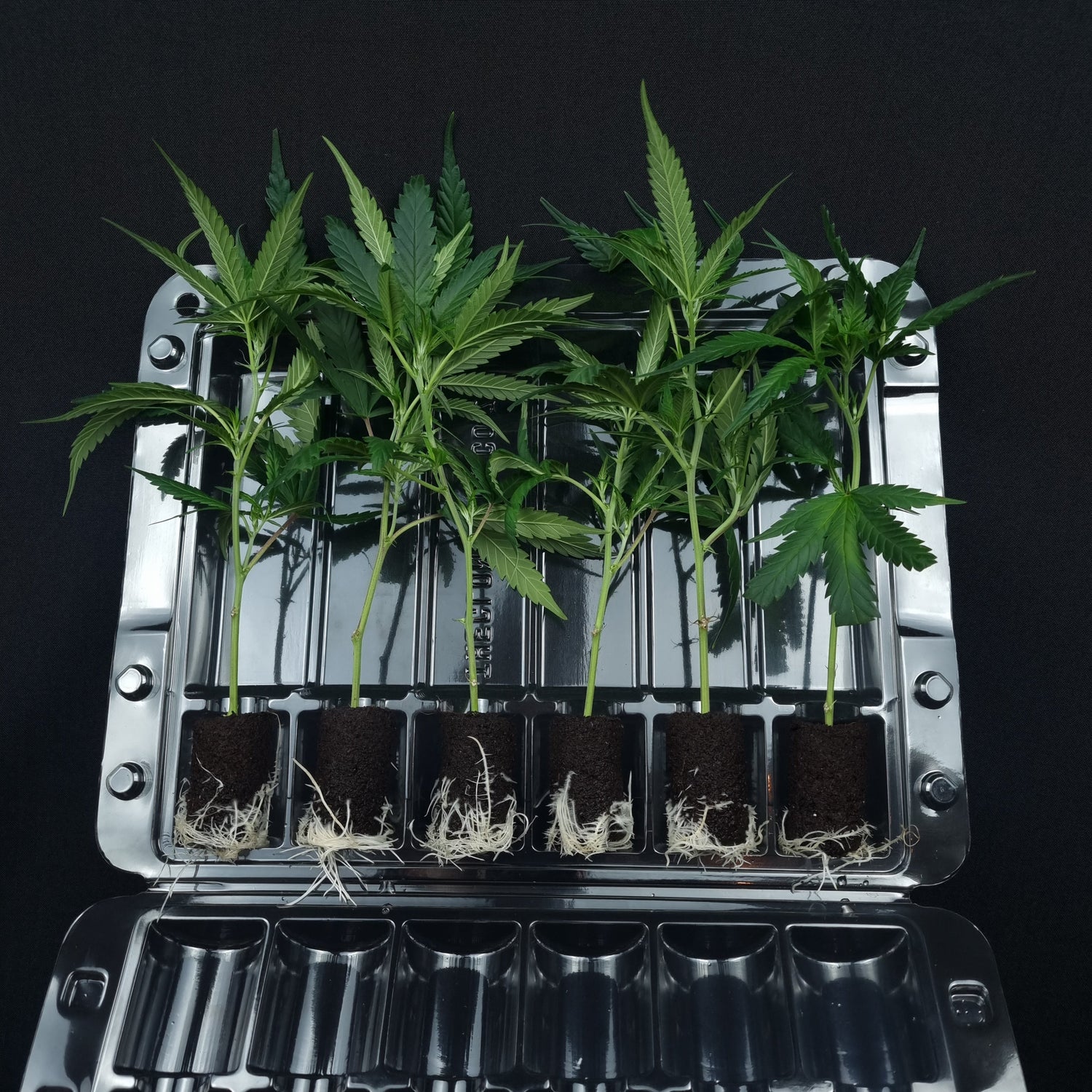Hop Latent Viroid (HLVd) is a plant pathogen that specifically affects cannabis and hop plants. Here are some key points about HLVd:
Overview
- Type: HLVd is a type of viroid, which is a small infectious RNA molecule that can cause disease in plants.
- Symptoms: Infected plants may show symptoms like stunted growth, leaf curling, yellowing, and reduced yields. However, some plants may exhibit no visible symptoms, making it hard to detect.
Transmission
- Spread: HLVd can be transmitted through contaminated tools, equipment, and hands, as well as through mechanical means like pruning. It can also spread through infected plant material.
- Vectors: While there is no known insect vector, the pathogen can be spread via sap during cutting or handling.
Impact
- Yield Reduction: Infected plants often have reduced vigor and lower yields, affecting overall production quality.
- Economic Consequences: For growers, the presence of HLVd can lead to significant economic losses due to decreased plant health and productivity.
Research
- Ongoing research is focused on understanding HLVd better, including its biology, transmission, and the development of resistant plant varieties.
By being aware of HLVd and implementing effective management strategies, growers can protect their crops and maintain healthy production environments.
At our facility, we take the prevention of Hop Latent Viroid very seriously. Here’s how we ensure a healthy environment for our plants:
-
Source Clean Plants: We only acquire cuttings and seeds from certified, disease-free sources. Before introducing any new plants that we select during pheno hunting, we conduct thorough testing for HLVd.
-
Regular Testing: We implement routine testing of our plants to catch any potential infections early on. This proactive approach helps us manage risks effectively.
-
Sanitation Protocols: Maintaining a clean workspace is essential. We have strict sanitation protocols in place, including regular disinfection of tools, containers, and equipment to prevent cross-contamination.
-
Pest Control: We actively manage pests using integrated pest management (IPM) strategies. This is crucial since pests can facilitate the spread of viroids.
-
Isolation Procedures: New plants are quarantined for a period before being introduced to the main grow area. This allows us to monitor them for any signs of disease.
-
Staff Training: Our team is well-educated about HLVd, its symptoms, and prevention measures. We encourage practices that minimize the risk of contamination.
-
Prompt Action: If we were to receive a positive test, we would remove this plant immediately and ensure safe and clean disposal.
-
Optimal Growing Conditions: We strive to create the best growing conditions possible to reduce stress on our plants, as stressed plants are more susceptible to infections.
-
Monitoring Symptoms: Our staff is vigilant in watching for symptoms of HLVd, such as stunted growth or leaf curling. Early detection is key.
-
Thorough Documentation: We maintain detailed records of plant sources, test results, and any disease occurrences. This helps us track potential outbreaks and refine our practices.
By following these measures, we’re committed to protecting our plants and ensuring a healthy growing environment.





